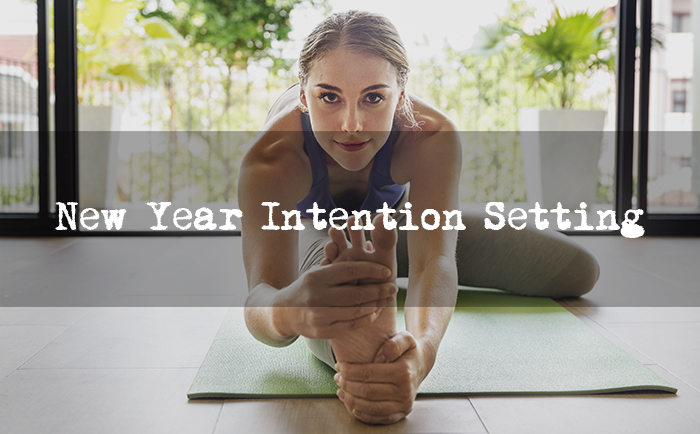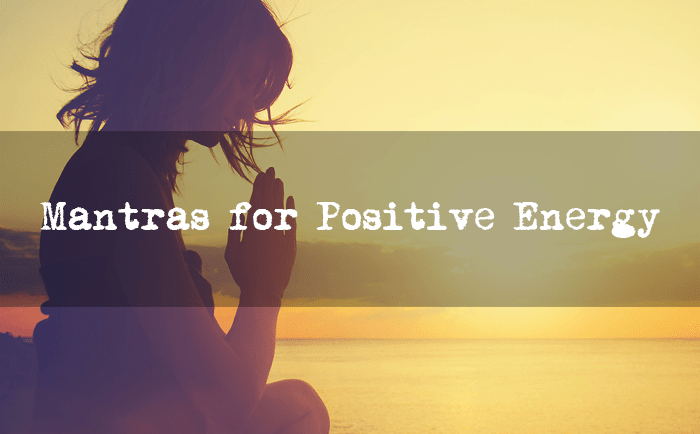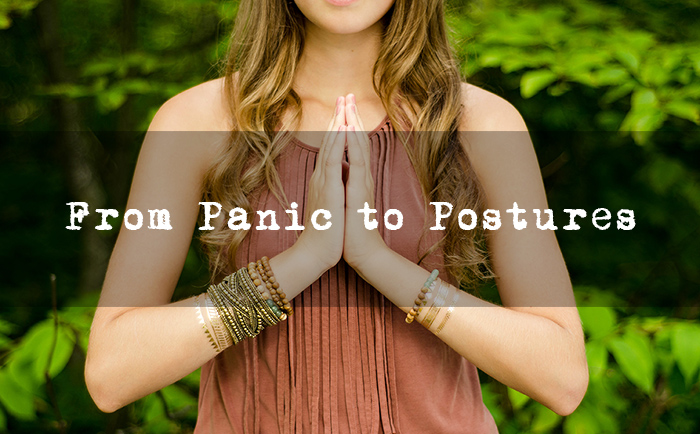


Mantras: How to Use this Ancient Tool to Attract Positive Energy into Your Life
What is a Mantra? Mantra is an ancient Sanskrit word, meaning ‘sacred word, text, or charm.’ It’s been borrowed in English to mean essentially the same thing — a word or phrase that is repeated over and over. Mantras were originally used more than 3,000 years ago by ancient yogis. They used to repeat word or phrases from sacred vedic texts to put themselves in a trance-like state and enhance their meditation practice. They believed that through repetition, they could absorb the healing power of the words into their bodies and spirit. Today, mantras are used in yoga classes (think the three ‘Oms’ at the end of class) and in spiritual practices all over the world. You’ll find mantras used in corporate environments during their increasingly popular meditation breaks, they’re shared by influential celebrities on social media, and mantras are chanted by Buddhist monks living in the Himalayas. It seems everyone has their own mantra and is harnessing its power to change their lives. So, what exactly are mantras, and how can their ancient wisdom benefit your life? It’s actually quite a bit more complex than just repeating a word out loud. Guru Sri Sathya Baba said, “A pure thought from a pure heart is better than a mantra.” This means that just repeating a word, phrase, or sound is not enough. You need to truly understand what you are chanting and be mindful and present, so the vibration of the sound can penetrate a busy mind, bringing calm. The Power of Mantras Mantras are powerful due to a combination of three elements: vibrations, repetition, and breath. The vibration...
Which Style of Yoga is Right for Me?
Yoga comes in so many different styles and forms, it can be overwhelming at first. There is such a range of classes, from a sweaty, high energy workout, to an incredibly meditative and gentle practice. So, how do you know which one is for you? Ultimately, the kind of yoga that is right for you will depend on what you hope to get out of it. Follow the guide below to help you choose. You Want to Sweat and Move Your Body: While yoga may have a reputation for being nothing more than sitting and chanting “Om,” it was actually designed to strengthen the body, and there are many styles of yoga that will give you a whole body workout and help you get your sweat on. For a more intense, sweaty yoga class, try one of the following: Ashtanga Yoga: This is a traditional style of yoga originating in India. It consists of moving between a set series of postures at somewhat of a fast pace, building heat within the body and strengthening the muscles. The opening postures include the two series of sun salutations, (A and B), which together move and work every major muscle group in the body and are designed to get the heart rate up. Vinyasas Yoga. Vinyasa yoga is based on the idea that you move between postures with the breath. A Vinyasa class will typically involve a series of both seated and standing postures. It can vary from more gentle to more intense poses and from slower to faster pace, but you will be moving constantly throughout the class. Power Yoga:...
From Panic to Postures: Why Yoga is the Perfect Antidote to Stress
It would be a bit of an understatement to say that we are living in stressful times. With a global pandemic, climate change, massive income and racial inequality, just to name a few of the challenges that we currently face, it’s no surprise that anxiety related disorders are on the rise. Stress can cause significant damage to our bodies and minds. When we are in a state of stress, our bodies are put on high alert and we cannot rest, digest, breath, repair cellular damage, or perform many vital functions correctly. In the short term, this state of “high alert” can be useful, say, for instance, if we have to run from a threat. But if we are in this state for an extended period of time, it can cause high blood pressure, premature aging of cells, and is linked to a variety of health problems. So, what can we do to help reduce stress? Well, it turns out that the ancient practice of yoga can help reduce stress in our busy modern lives. Why Yoga is So Amazing (The Science) Yoga can have an incredibly positive impact on our physical bodies. There is growing evidence that yoga can reduce inflammation within the body. Inflammation and inflammatory responses can cause many diseases and cell aging. Yoga has been shown to reduce damage to our cells by helping to lengthen telomeres — the caps at the end of each strand of DNA that protect our chromosomes. Telomeres become damaged and fray over time, which is the essential cause of aging and age-related illnesses within our bodies. Yoga can have an...







